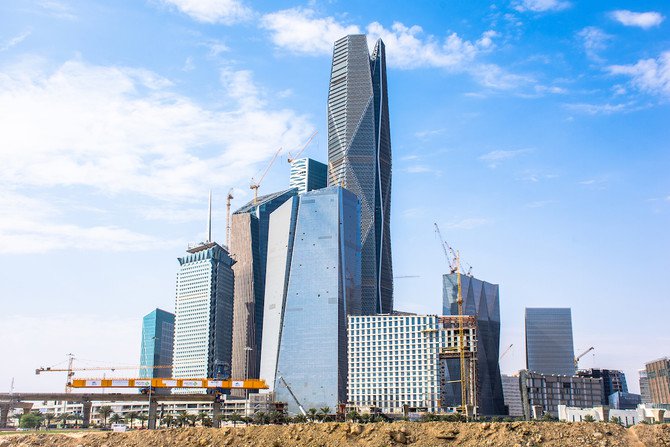
Saudi Arabia budget set to boost spending in 2019
Saudi Arabia is expected to boost spending in its 2019 budget, due this week, even though oil prices have tumbled recently and the Kingdom’s crude output will decline.
A pre-budget statement in September, the first of its kind in Saudi Arabia, predicted next year’s budget would be SR 1.11 trillion ($300 billion), up 13 percent on 2018. It also forecast government revenue would be SR 978 billion in 2019, up 11 percent on estimates for this year.
“The government will continue to focus on supporting economic activity and we believe the budget will likely remain expansionary,” said Monica Malik, chief economist at Abu Dhabi Commercial Bank (ADCB).
“Given the soft trend in non-oil activity and the need to progress with key investments, we believe government spending will increase and that government-related entities such as the PIF (Public Investment Fund) will also look to up their investments next year.”
The Kingdom has run a budget deficit since 2014 as a slump in oil prices lowered state income. A 2018 budget announcement last December predicted this year’s deficit would be 7 percent of GDP, but it is more likely to be around 5 percent, September’s pre-budget statement revealed, after higher-than-anticipated oil receipts boosted state income. In November, Saudi Arabia’s oil output hit a record high of 11.1 million barrels per day.
“GDP growth is heavily influenced by changes in oil production,” said Jason Tuvey, Middle East economist at London’s Capital Economics, which forecasts Saudi’s economy will grow by 3 percent this year, up from September’s official estimate of 2.1 percent. “Growth picked up sharply in the latter part of 2018.”
But the renewed downturn in oil prices — Brent crude has dropped from a four-year closing high of $84.16 on Oct. 5 to end at around $60 on Friday — plus a larger-than-expected oil production cut agreed by OPEC and its allies this month, means Saudi Arabia will be unlikely to reach its budget deficit target of 4.1 percent in 2019.
ADCB expects the deficit to widen next year, while Capital Economics believes it will be around 7.5 percent in 2019. Saudi Arabia aims to balance its budget by 2023.
“Fiscal reforms are expected to be weaker in 2019 and we expect an overall loosening in fiscal policy,” said Malik. “At this point, we see more risks to the revenue side than the expenditure side.”
For Saudi Arabia to achieve its 2019-21 revenue forecasts, it will require a Brent crude price of $69-74 and daily oil production of about 10.5 million barrels, ADCB estimates.
The pre-budget statement was published when oil was around $80, however, and Tuvey is less confident that the Kingdom will keep to the spending plans outlined in September.
“The government has tended to be quite conservative over the past few years,” he said. “With oil likely to remain at $60 or lower next year, fiscal plans are likely to be conservative and there might be a return to modest austerity, although not to the extent we saw in 2014-16.”
Total state revenue in the first nine months of 2018 was SR 663.1 billion, up 47 percent year-on-year. Government expenses were SR 712.1 billion, 25 percent higher than in the same period of 2017.
The government has introduced reforms to diversify its income, including a 5 percent value added tax and a monthly levy on expat workers, plus an excise duty on products such as soft drinks and tobacco. It also plans to phase out energy subsidies.
But these measures have also coincided with the restoration of public sector bonuses and greater support for poorer families, which have helped offset the impact of the new taxes.
“Households have benefited over the course of 2018,” said Tuvey. “Any subsidy cuts are likely to be less aggressive than this year’s. Inflation will probably fall sharply next year.”
Debt as percentage of GDP has soared, from around 2-3 percent in 2014 to about 17.5 percent this year, although that is low by emerging market standards.
“The government will remain the main driver of economic activity in our view, whether directly or indirectly” said Malik. “The private sector faces numerous headwinds, including labor market reforms.”


























